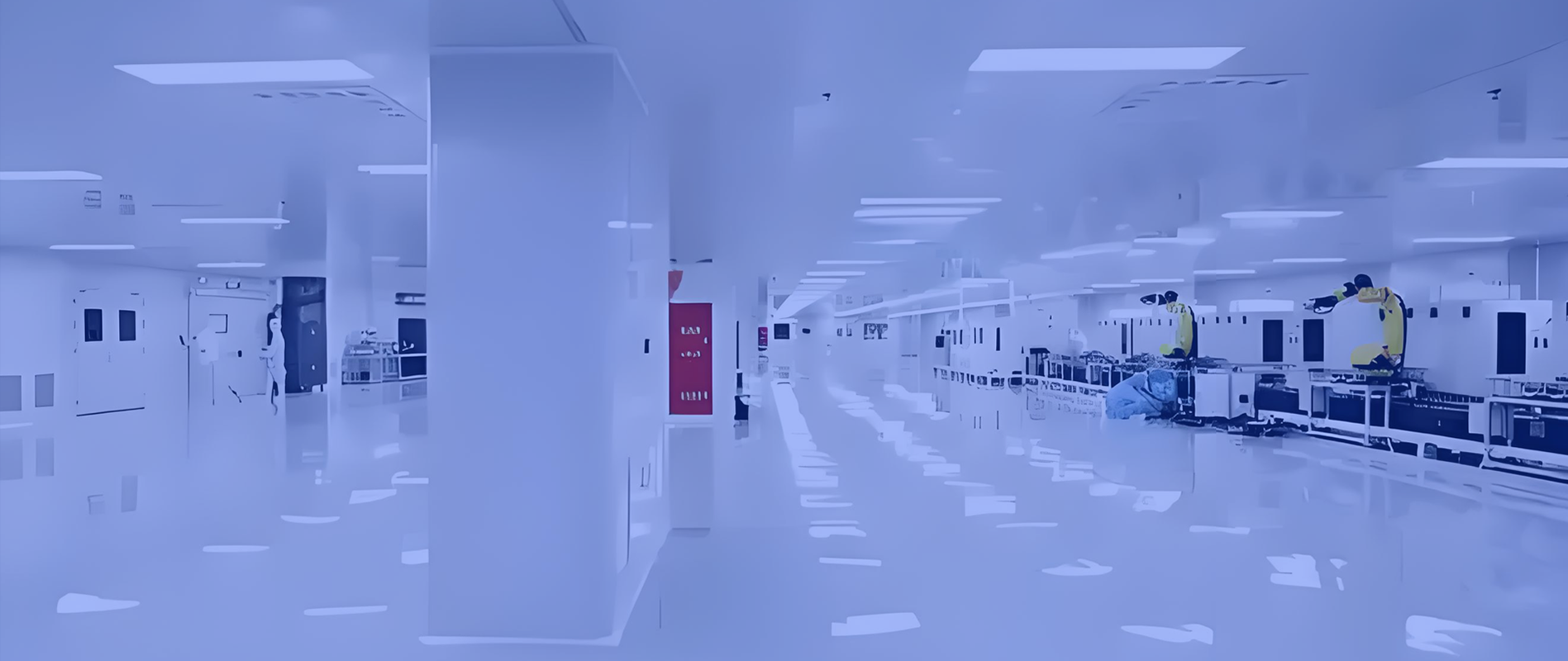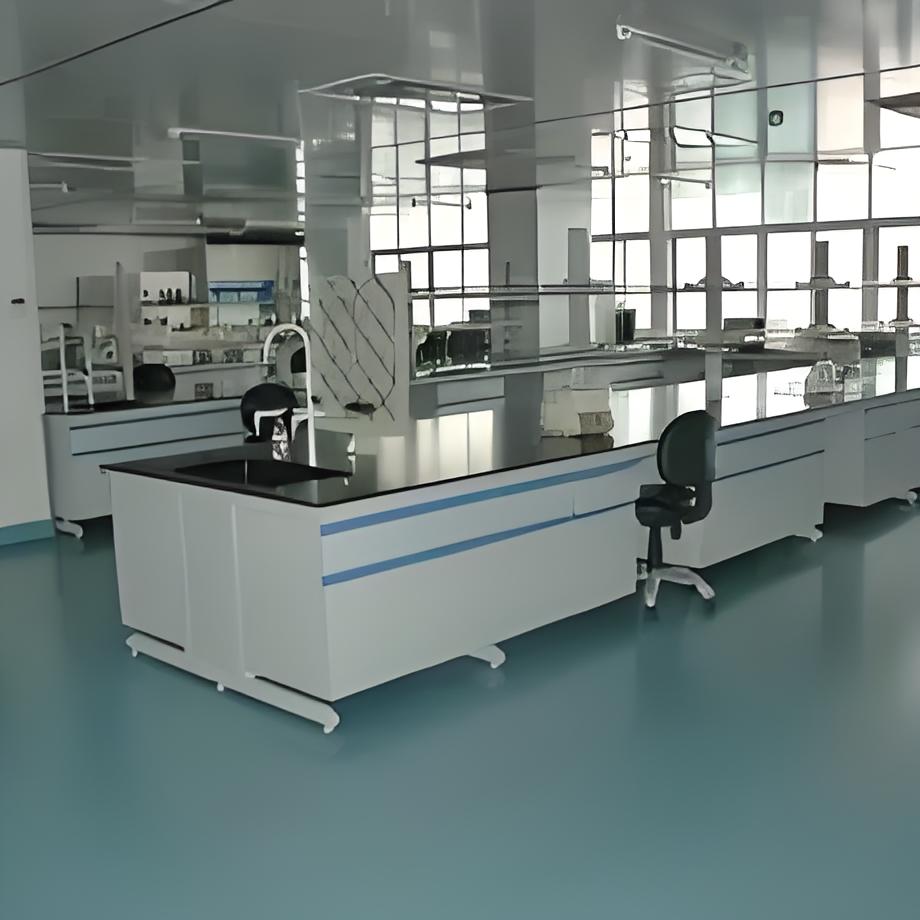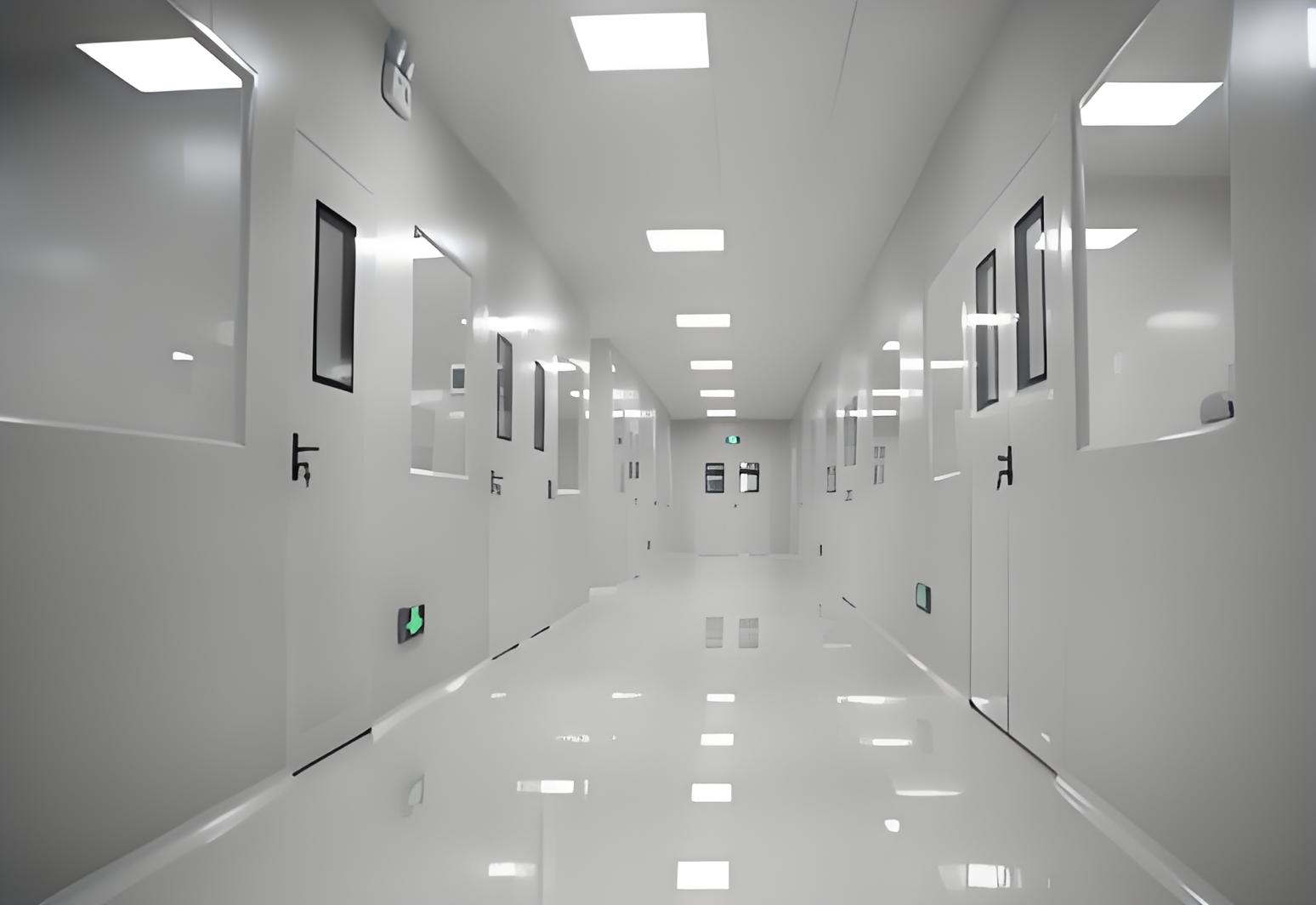
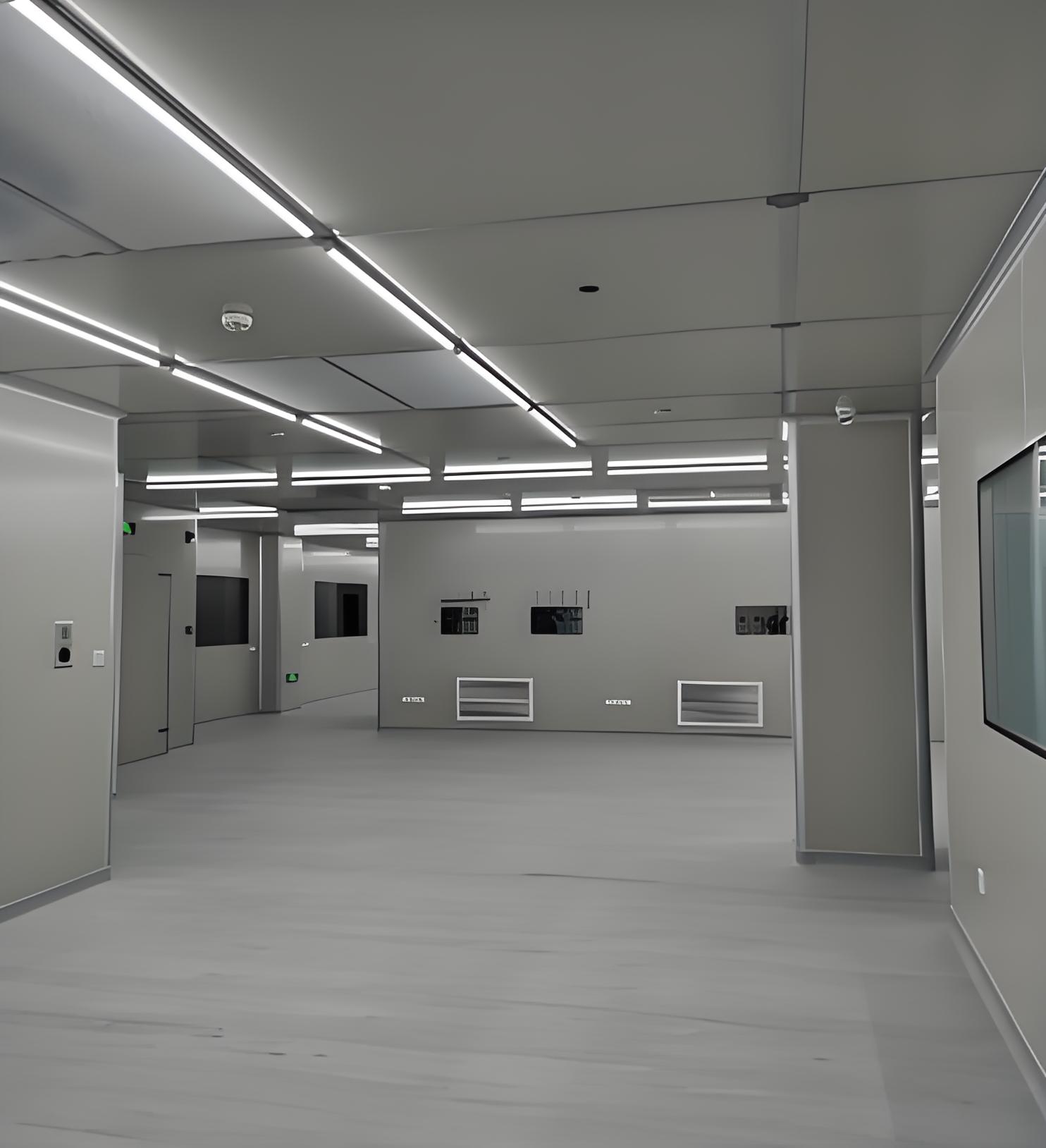
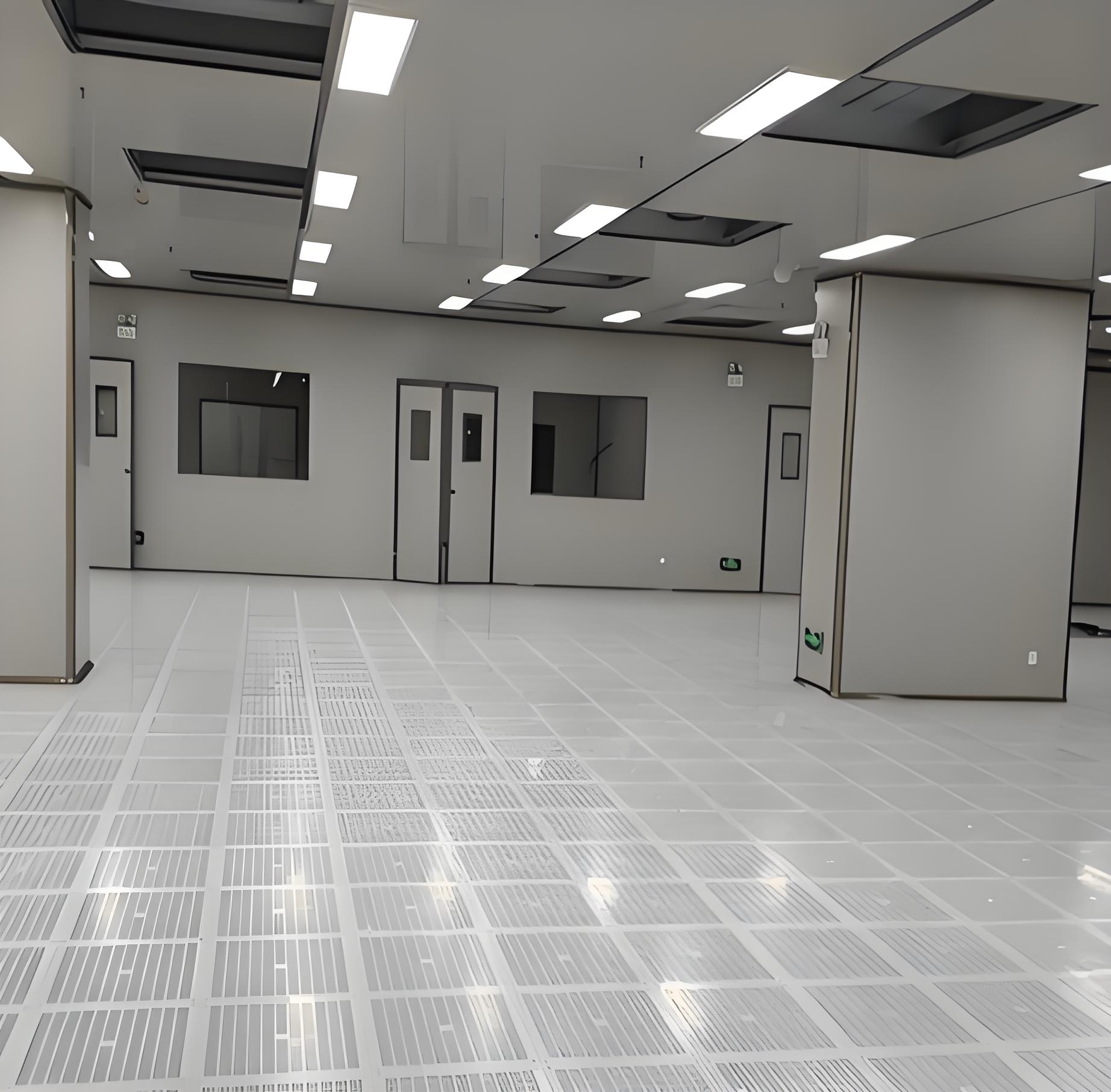


In today's competitive cosmetic industry, product safety and quality are non-negotiable. With rising consumer awareness and stringent regulatory standards, manufacturers must prioritize contamination control to avoid recalls and ensure consumer trust. Cosmetic GMP Cleanroom Engineering is at the heart of this effort, providing controlled environments that minimize risks and uphold Good Manufacturing Practice (GMP) guidelines. This article delves into the essential aspects of designing, constructing, and maintaining these specialized facilities, covering everything from GMP Cleanroom Design to Turnkey Cosmetic Cleanroom Solutions. Whether you're a startup or an established brand, understanding these elements can streamline your operations and enhance product integrity. We'll explore the critical GMP cleanroom requirements for cosmetic manufacturing and how a well-executed GMP Cleanroom Construction process can lead to long-term success.
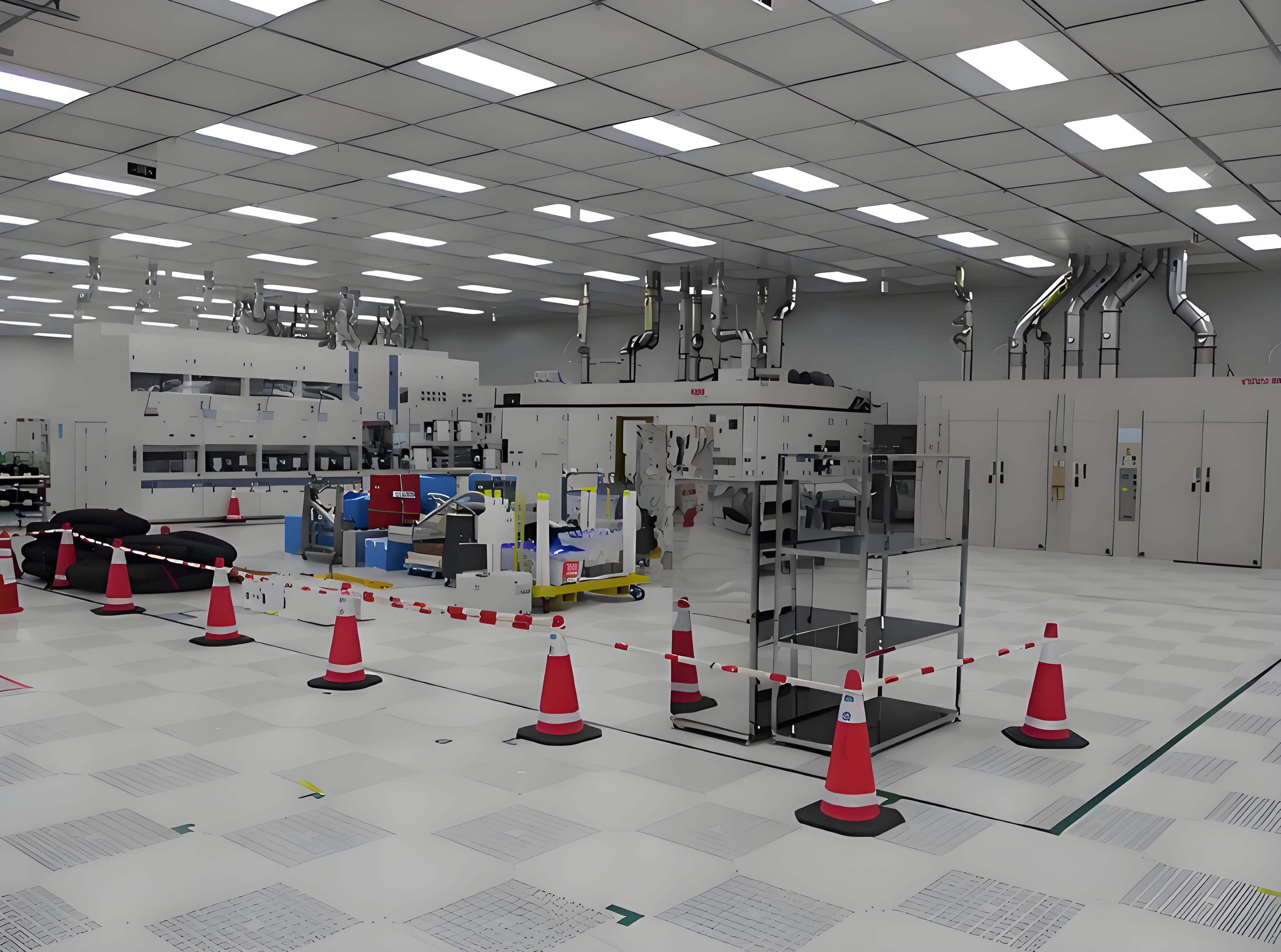
A Cosmetic GMP Cleanroom is a controlled environment designed to minimize particulate contamination, microbial growth, and other pollutants during the production of cosmetics. These rooms adhere to GMP standards, which are regulatory guidelines ensuring products are consistently produced and controlled according to quality standards. In cosmetic manufacturing, this is crucial because contaminants can lead to skin irritations, product spoilage, or even health hazards. A typical Cosmetic GMP Cleanroom includes features like high-efficiency particulate air (HEPA) filters, controlled temperature and humidity, and strict protocols for personnel and material flow. By implementing such environments, companies can reduce the risk of cross-contamination and comply with international regulations, such as those from the FDA or ISO standards. The focus on Cosmetic GMP Cleanroom Engineering ensures that every aspect, from air quality to surface materials, is optimized for safety and efficiency.
GMP Cleanroom Design is a foundational element of Cosmetic GMP Cleanroom Engineering, as it dictates the efficiency, compliance, and overall functionality of the facility. A well-thought-out design considers factors like airflow patterns, room classification, and material compatibility to prevent contamination hotspots. For instance, in cosmetic production, areas for mixing, filling, and packaging must be segregated to avoid cross-contamination. The GMP Cleanroom Design process often involves computational fluid dynamics (CFD) modeling to visualize air movement and ensure uniform particle control. Additionally, it integrates ergonomic layouts that facilitate easy cleaning and maintenance, while also accommodating future scalability. By prioritizing GMP Cleanroom Design, manufacturers can achieve optimal product quality, reduce operational costs, and meet the specific GMP cleanroom requirements for cosmetic manufacturing, such as those outlined in ISO 14644 standards.
GMP Cleanroom Construction is a meticulous process that transforms design plans into a functional, compliant facility. It begins with site assessment and planning, where engineers evaluate the space for factors like structural integrity and utility access. Next, the construction phase involves installing critical components such as wall panels, flooring, and HVAC systems, all designed to meet GMP cleanroom requirements for cosmetic manufacturing. This stage requires coordination among various trades to ensure airtight seals and proper integration of filtration systems. During GMP Cleanroom Construction, validation tests are conducted to verify parameters like air change rates and particle counts. Finally, commissioning ensures the cleanroom operates as intended, with documentation for regulatory audits. A successful GMP Cleanroom Construction not only supports product safety but also aligns with Cosmetic GMP Cleanroom standards for long-term reliability.
Turnkey Cosmetic Cleanroom Solutions offer a comprehensive approach to Cosmetic GMP Cleanroom Engineering, handling everything from design and construction to validation and training. These solutions are ideal for companies seeking a hassle-free implementation, as they provide a single point of responsibility. By opting for Turnkey Cosmetic Cleanroom Solutions, manufacturers can save time and reduce risks associated with coordinating multiple vendors. These packages often include customized GMP Cleanroom Design, state-of-the-art GMP Cleanroom Construction, and post-installation support, ensuring compliance with GMP cleanroom requirements for cosmetic manufacturing. Moreover, they can be tailored to specific production needs, such as sterile packaging or natural product lines, enhancing flexibility and efficiency in a competitive market.
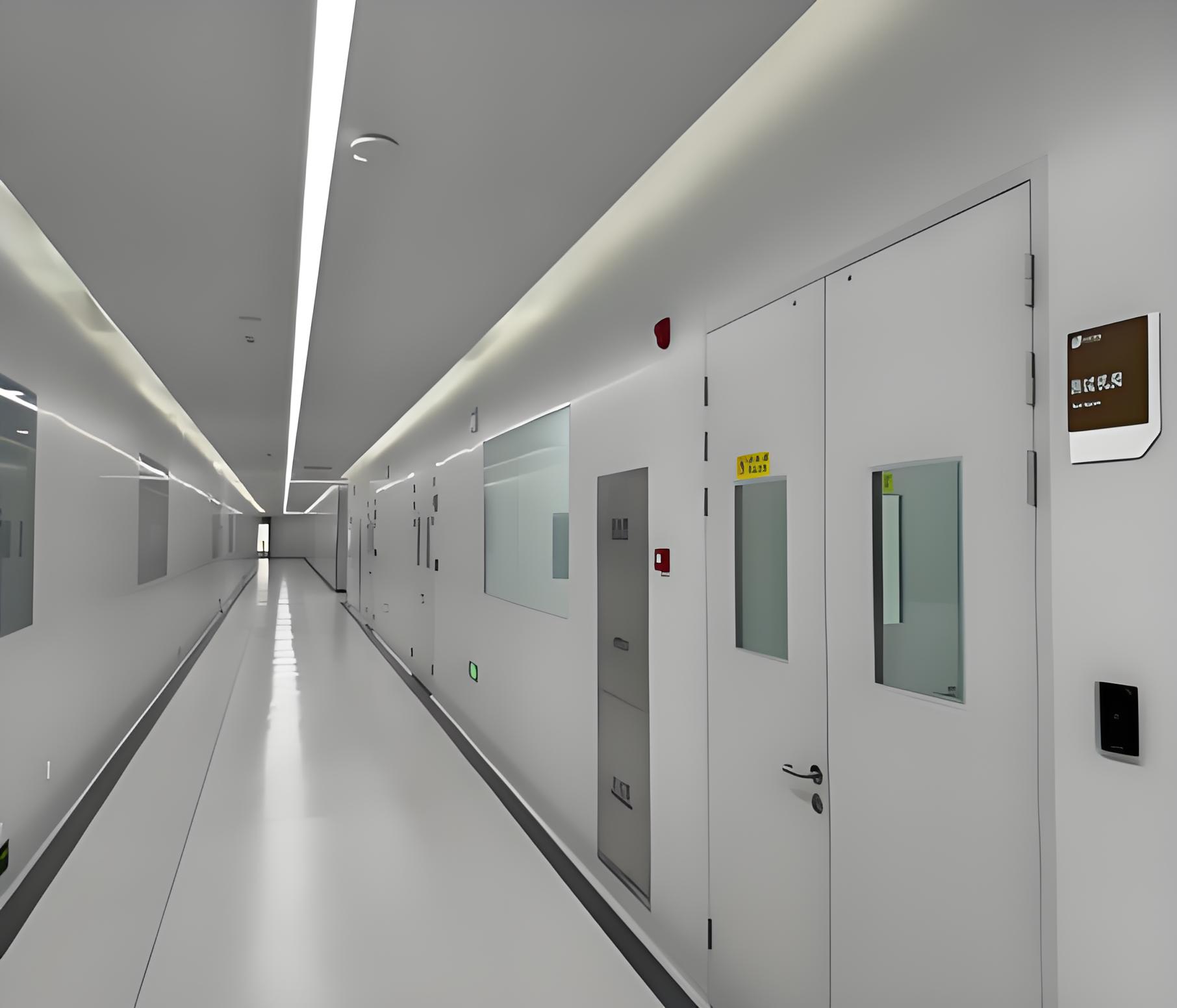
Adhering to GMP cleanroom requirements for cosmetic manufacturing is essential for regulatory compliance and product safety. These requirements encompass aspects like air quality (e.g., ISO Class 5 to 8 environments), personnel training, and documentation practices. For example, a Cosmetic GMP Cleanroom must maintain specified particle counts and pressure differentials to prevent contamination ingress. Regular monitoring and audits are mandatory, often involving environmental testing and record-keeping. The GMP Cleanroom Design and GMP Cleanroom Construction phases must incorporate these standards from the outset, using materials that are easy to clean and resistant to chemicals. By understanding and implementing these GMP cleanroom requirements for cosmetic manufacturing, companies can avoid penalties, build consumer trust, and streamline their supply chain.
Maintaining a Cosmetic GMP Cleanroom requires ongoing efforts to preserve its integrity and performance. Key practices include routine cleaning with approved disinfectants, regular filter replacements, and continuous monitoring of environmental parameters. Personnel must follow strict gowning procedures and undergo training to minimize human-induced contamination. Additionally, preventive maintenance schedules for equipment like HVAC systems are crucial to uphold the GMP Cleanroom Design specifications. Implementing a robust quality management system can help track deviations and initiate corrective actions. By integrating these practices, manufacturers can extend the lifespan of their GMP Cleanroom Construction and ensure consistent adherence to GMP cleanroom requirements for cosmetic manufacturing.
Modern Cosmetic GMP Cleanroom Engineering leverages advanced technologies to enhance efficiency and compliance. For instance, automated monitoring systems can provide real-time data on temperature, humidity, and particle levels, aligning with GMP cleanroom requirements for cosmetic manufacturing. Robotics and IoT devices can reduce human intervention in critical areas, further minimizing contamination risks. During GMP Cleanroom Construction, incorporating modular designs allows for easy upgrades and adaptations. These technological integrations not only support the initial GMP Cleanroom Design but also facilitate long-term scalability and innovation in cosmetic production.
In summary, Cosmetic GMP Cleanroom Engineering is a multifaceted discipline that plays a pivotal role in ensuring the safety and quality of cosmetic products. From the initial GMP Cleanroom Design to the precise execution of GMP Cleanroom Construction, each step must align with stringent GMP cleanroom requirements for cosmetic manufacturing. Embracing Turnkey Cosmetic Cleanroom Solutions can simplify this process, offering a seamless path to compliance and operational excellence. By investing in these specialized environments, cosmetic manufacturers can protect their brand reputation, meet regulatory demands, and deliver products that consumers trust. As the industry evolves, continuous improvement in Cosmetic GMP Cleanroom practices will be key to staying competitive and innovative.
Q1: What are the basic GMP cleanroom requirements for cosmetic manufacturing?
A1: The basic GMP cleanroom requirements for cosmetic manufacturing include maintaining controlled air quality (e.g., ISO Class 5 to 8 standards), implementing strict hygiene protocols for personnel, using appropriate materials for surfaces, and conducting regular environmental monitoring. These requirements ensure minimal particulate and microbial contamination, in line with regulations like FDA guidelines and ISO 22716.
Q2: How does GMP Cleanroom Design impact product quality in cosmetics?
A2: GMP Cleanroom Design directly impacts product quality by optimizing airflow, layout, and material selection to prevent contamination. A well-designed cleanroom reduces the risk of cross-contamination during production, ensuring consistent product purity and safety. It also supports efficient workflows, which can enhance overall manufacturing reliability and compliance with Cosmetic GMP Cleanroom standards.
Q3: What is included in Turnkey Cosmetic Cleanroom Solutions?
A3: Turnkey Cosmetic Cleanroom Solutions typically encompass end-to-end services, including initial consultation, GMP Cleanroom Design, GMP Cleanroom Construction, equipment installation, validation, and staff training. This approach provides a fully operational Cosmetic GMP Cleanroom that meets all regulatory requirements, minimizing the client's involvement and ensuring a smooth, integrated implementation.
Q4: How long does GMP Cleanroom Construction usually take?
A4: The duration of GMP Cleanroom Construction varies based on factors like size, complexity, and regulatory approvals, but it generally ranges from a few months to over a year. A typical timeline includes phases for design, material procurement, construction, and validation. Working with experienced professionals can help streamline the process and avoid delays.
Q5: Why is ongoing maintenance important for a Cosmetic GMP Cleanroom?
A5: Ongoing maintenance is crucial for a Cosmetic GMP Cleanroom to sustain its performance and compliance. It involves regular cleaning, filter changes, and system checks to prevent contamination buildup and equipment failure. Proper maintenance ensures that the cleanroom continues to meet GMP cleanroom requirements for cosmetic manufacturing, protecting product quality and avoiding costly downtime or regulatory issues.
